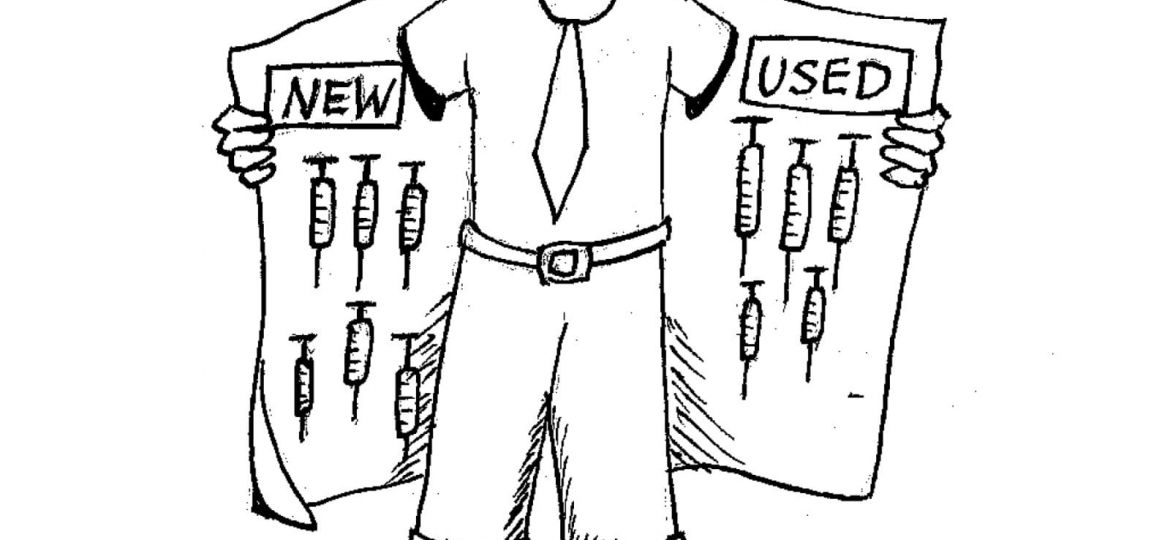
When the topic of HIV/AIDS arises, there are some conclusions that many agree on. Is it a problem that needs immediate attention? Yes. Can education and outreach reduce the infection rate of the disease? Absolutely. How exactly are we going to do this? Well … no one really knows the answer to that, and if they do, it usually involves a seemingly radical solution.
Along with education, outreach and free HIV testing and counseling services, the Minnesota AIDS Project MAP has taken a more aggressive stance to combat the spread of HIV infection in Minnesota, particularly in the Twin Cities area. One of their methods frequently comes under fire in outreach sessions: their needle exchange program.
The needle exchange vehicle, dubbed the Mainline, is a refurbished van created to service clients in the Metro Area. The van includes an inside office where clients can exchange their used needles for clean ones and receive testing, referrals and condoms.
Naturally, many individuals oppose this program, claiming that it enables intravenous drug users to continue using both recreational and hard drugs, thereby counteracting the true purpose of the Minnesota AIDS Project.
I was skeptical of the program myself when I learned of it in an HIV educator training course two weekends ago. While I was sure MAP had legitimate reasons for the syringe exchange program, I wanted more information about its creation. MAP anticipated this opposition, and with their facts and the statistics, I have to say that their argument convinced me.
For one, the program hardly “enables” intravenous substance users. MAP shies away from using the word “addict,” as some people might not identify with this word and therefore ignore the much-needed information. MAP’s stance is that these substance users will continue in their practices despite what health officials and experts say, and the program chooses to focus on the greater issue – HIV transmission – rather than attempting to halt intravenous drug use. Focusing on drug use is not their primary mission in this case.
Through the syringe exchange program, MAP is able to communicate with their clients and form relationships in a non-threatening environment. In this way, those who come to exchange their syringes also have access to information on HIV/AIDS, trained professionals willing to walk them through situations and an overall safety net if they choose to stop using drugs.
Sharing needles poses an extremely high risk of HIV transmission. According to the MAP training program, where others states’ rate of HIV transmission through needles is 9 percent, Minnesota’s rate is 2 percent. This extreme difference is partially a result of this strong exchange program. MAP should be commended for their work, not belittled by others who refuse to learn the facts.
The Minnesota AIDS Project uses groundbreaking and progressive methods to combat the rate of HIV infection. The syringe exchange program is one such method. Many opponents of this program fail to realize the prevalence of HIV, and the misinformed and uneducated voices must not drown out the proven efficacy of this program.
Opinions editor Emily Stets ’15 stets@stolaf.edu is from Northfield, Minn. She is a CIS major in creative arts and mental health.
Graphic Credit: DANIEL BYNUM/MANITOU MESSENGER

